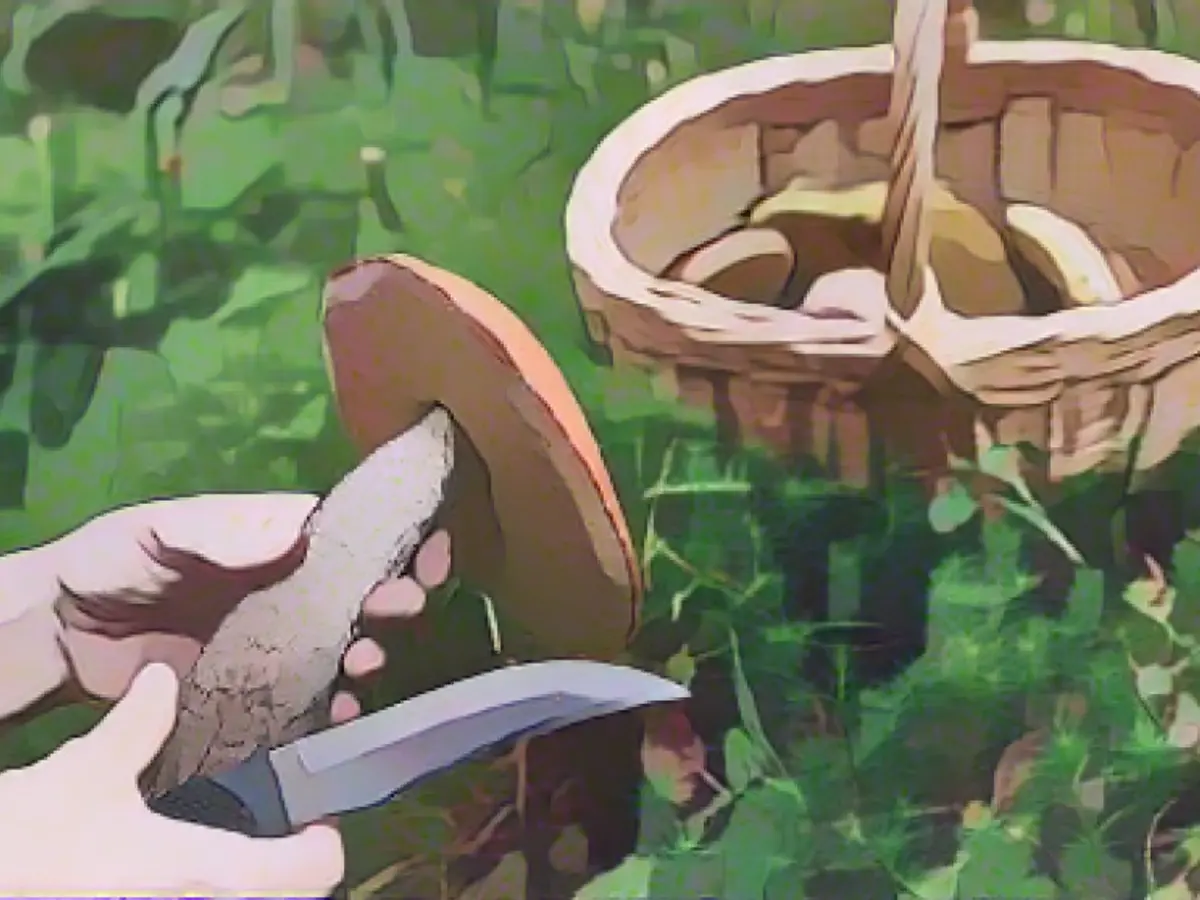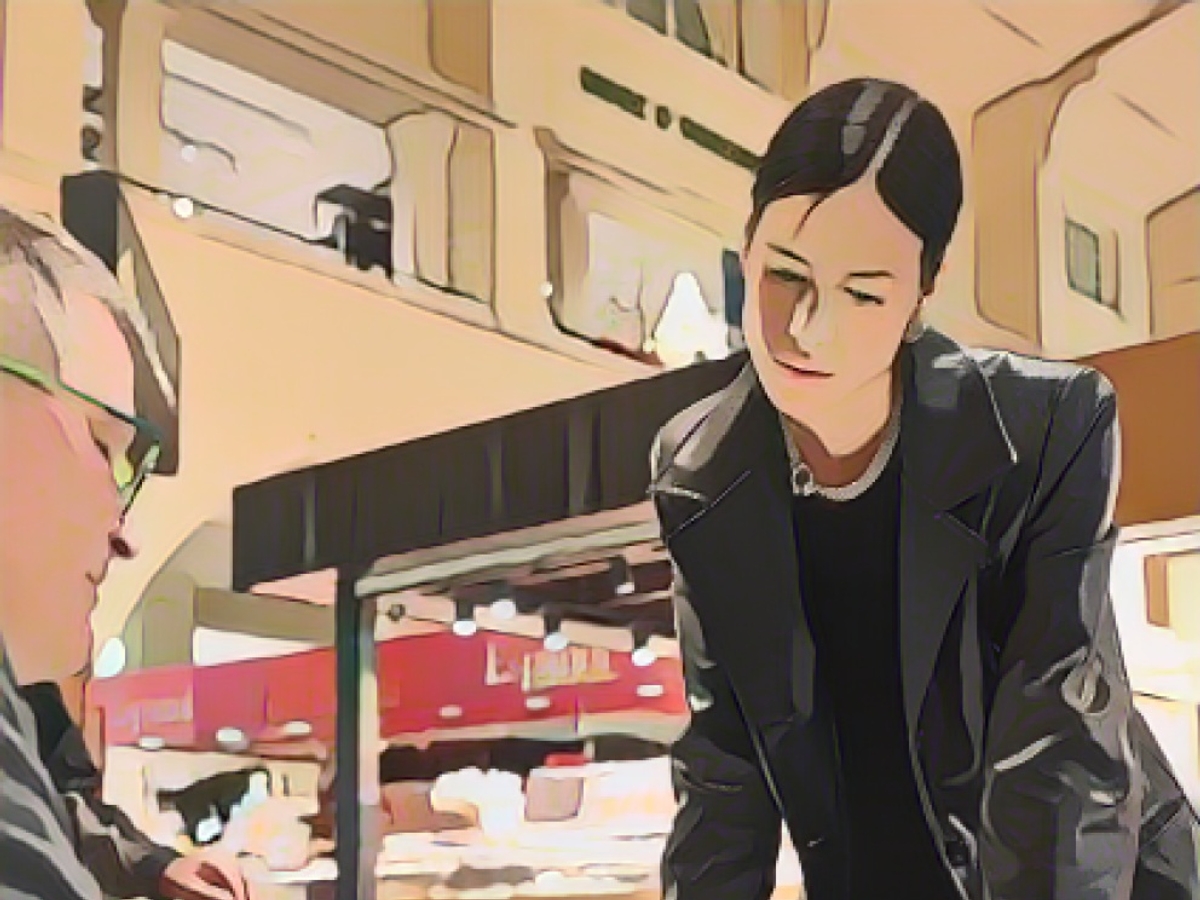Picking Perfect Mushrooms: Know Your Limits
With autumn arrival, the delightful forest becomes a feast for your senses, boasting a myriad of flavors - from chestnuts, porcini, chanterelles, to hallimash. The appeal of nibbling on these delicious morsels is irresistible, leading many to consider picking them up for their own culinary adventures.
However, diving in headfirst can result in unwanted penalties, as it's essential to be aware of the rules governing nature conservation. This article informs you on the regulations regarding mushroom picking, helping you gather your rich forest bounty without breaking the law.
Is it legal to pick mushrooms from the forest?
While forest, parks, or roadside scenery may entice you to help yourself to the bounties before you, the general principle is that these areas belong to the landowner. Nevertheless, there are exceptions that make way for your personal mushroom haul – but within strict limits.
Entry-level foraging guidelines
The Federal Nature Conservation Act (BNatSchG) gives you the green light to pick small quantities of wild mushrooms, flowers, berries, and herbs for your personal use. This privilege is known as the hand bouquet regulation (BNatSchG §39, para. 3). Keep the following considerations top-of-mind while gathering your natural treasures:
- Size matters: You must be familiar with the concept of "handful" or "bouquet" – which is not nearly as vast as you might think! The regulations allow you to collect only a small amount per person, limiting your harvest to what your hands can comfortably hold.
- Steer clear of protected species: Do not venture into collecting seeds, seedlings, or plants falling under nature conservation protection, as fiddling with them is prohibited.
- Consider the consequences: In nature reserve and protected forest areas, the unauthorized damage, uprooting, or digging up of wild plants can result in fines ranging from 25 to 50,000 euros, depending on the severity of the offense and the jurisdiction.
As you stroll through the forest, remember that when you chop up a tree or steal fallen wood, you could be subject to penalties. Even if the wood wasn't directly cut from a tree, stashing fallen branches in your car is still a violation and may bring unwelcome visits from local authorities.
Permits: A hoop to jump through
If your desire to gather mushrooms exceeds your handheld capacity, you should explore getting a permit. Permits are required to collect any significant amounts of wood from the forest – and if you have aspirations of reselling your mushrooms, you'll need to get the landowner's permission and possibly consult with the nature conservation authority as well.
Don't forget about the 'Leseschein' or 'Holz-Sammel-Schein', which are vital documents to have before embarking on any mushroom harvesting or commercial endeavor. Obtain these permits through a simple application to the relevant forestry office or local authority, which comes with associated fees and expiration periods.
Wildlife conservation: A placeholder for harmony
In the grand scheme of things, hunting wild animals for personal use or collecting their remains is strictly forbidden. Wild animals, be they living or dead, must remain in their natural habitats. This includes their nests, eggs, and feathers.
The only exception arises in scenarios where you come across an injured or abandoned animal that appears in danger. In these instances, you may take the animal home after proper observation, but it's mandatory to report your find to the appropriate authorities.
Navigating your foraging adventure
- You are legally allowed to collect small quantities of mushrooms, flowers, berries, and herbs for personal consumption, but be mindful of your handheld limits.
- Be aware of regulations restricting the collection of seeds, seedlings, and plants under nature conservation protection.
- Remember that acquiring permits is essential to collect wood or mushrooms beyond the handheld limit or for resale purposes.
- Be cognizant of the consequences of breaking any of the aforementioned regulations, which could result in warnings or significant fines.
- Be mindful of protected areas, such as nature reserves and forests, as some may have specific restrictions regarding foraging.
By following these guidelines, your gathering adventures will be a delightful experience rather than an unwelcome brush with the law.
Bonus Enrichment Insights
- Protected Areas: Many forests and parks in Germany are zealously protected by local bylaws, which may view the removal of any plant material as a violation.
- Forestry Commission Regulations: The Forestry Commission (Forstamt) plays a regulatory role in state-owned forests, limiting mushroom picking to avoid damage to the ecosystem exclusively.
- Private Property: Property owners have rights to set their own rules regarding mushroom picking on their land, which must be respected.
- Public Health Concerns: Be aware of the potential toxicity of mushrooms like Gyromitra esculenta. Due to its toxic properties, its consumption is strongly discouraged in Germany and Switzerland.
- Citizen Science & Awareness: Engage in responsible foraging through apps like iNaturalist, which provide resources to distinguish edible and non-toxic mushrooms, ensuring a safe and fun foraging experience.
*Sources: , , , , Wikipedia's Article on German Nature Protection (Naturschutz).





